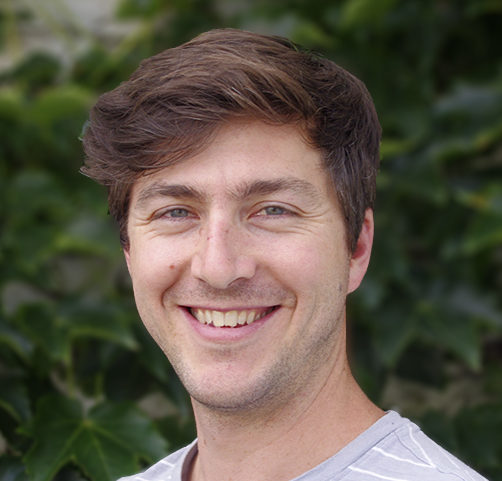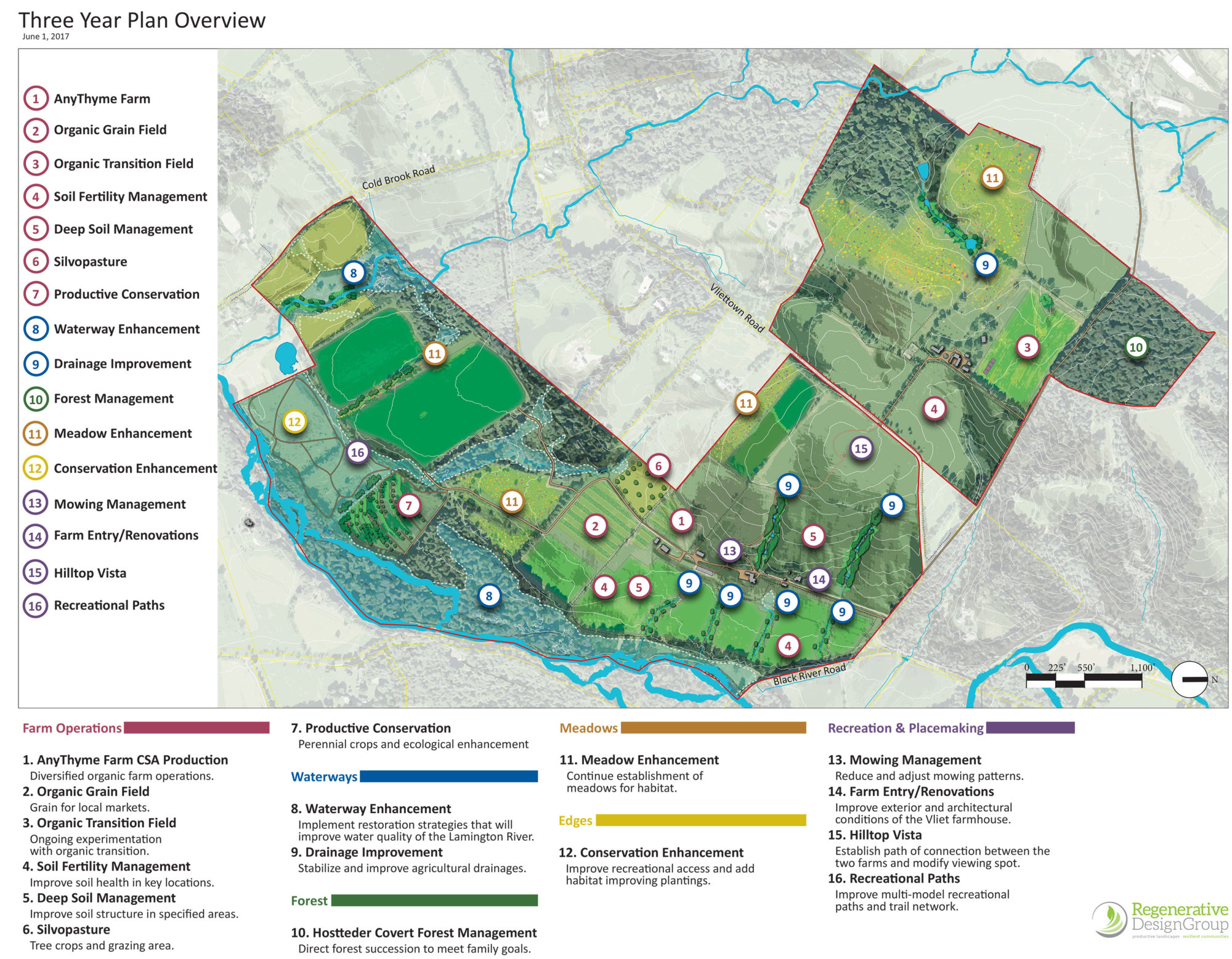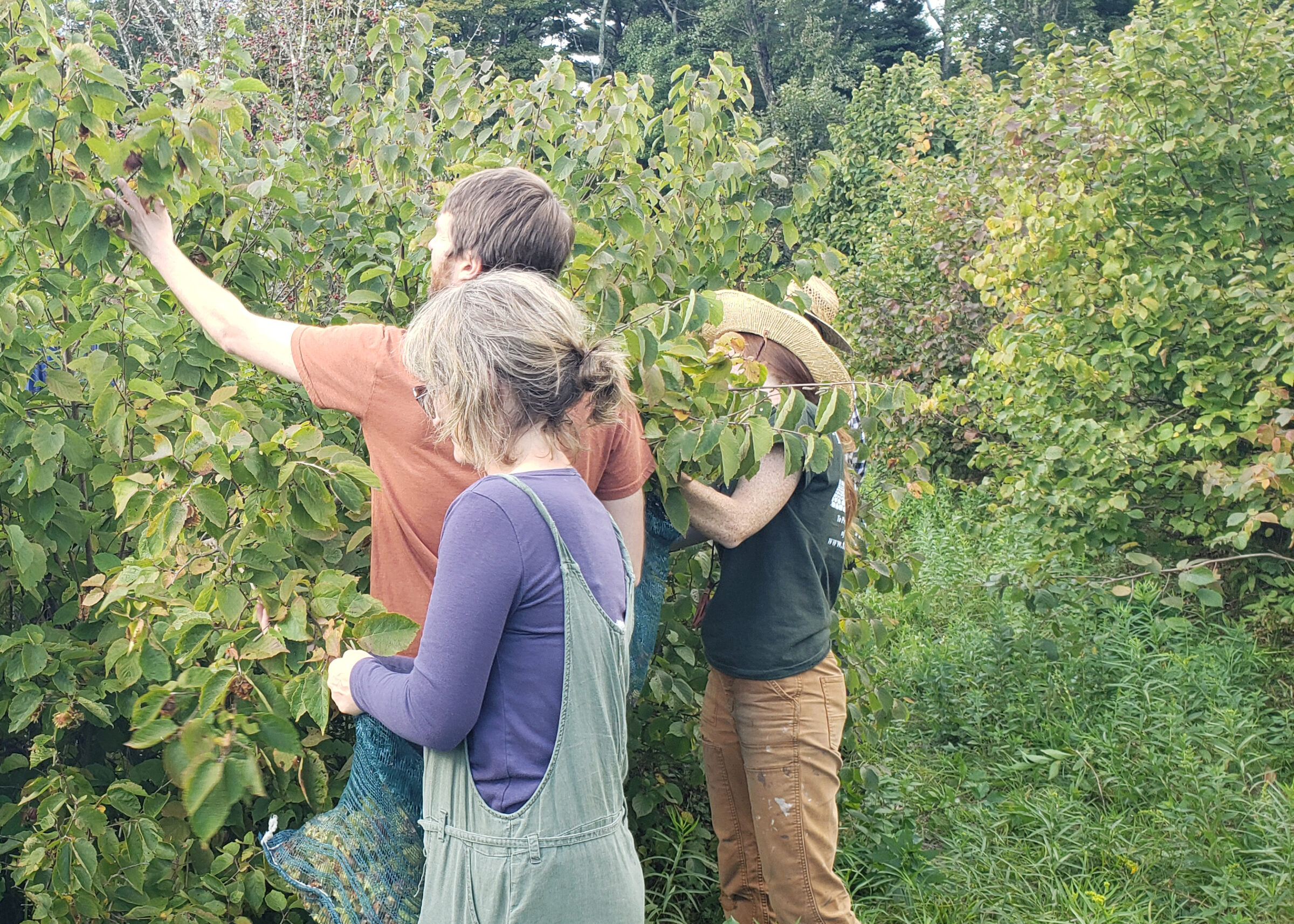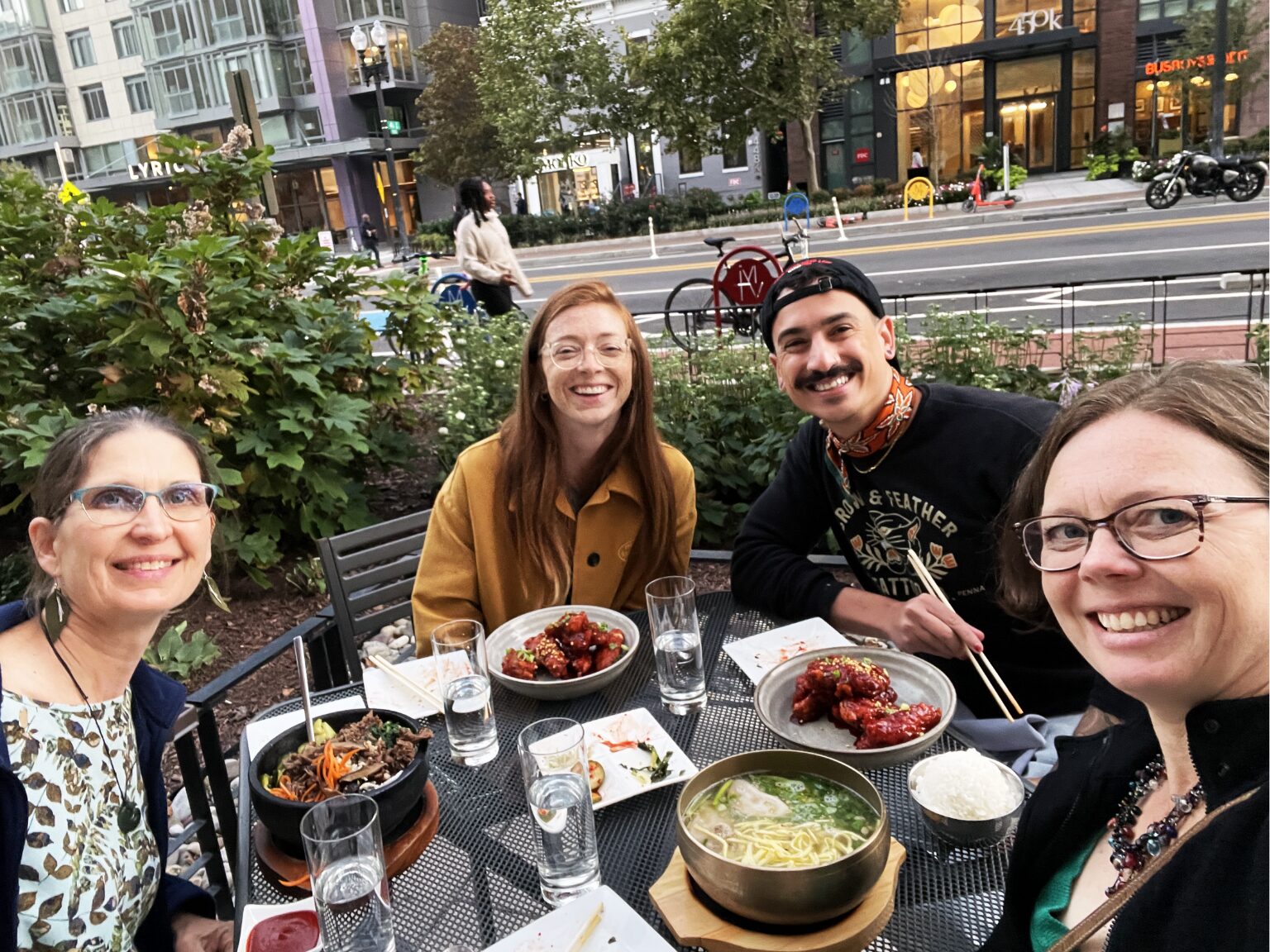Onward, Josiah!
 We recently said farewell to the Regenerative Design Group’s beloved first hire, Josiah Simpson, who is moving on to UMass to complete a Masters in Landscape Architecture. Josiah has shared his talent, insights, good humor, and passion for ecological landscape design with RDG for over six years; he will certainly be missed.
We recently said farewell to the Regenerative Design Group’s beloved first hire, Josiah Simpson, who is moving on to UMass to complete a Masters in Landscape Architecture. Josiah has shared his talent, insights, good humor, and passion for ecological landscape design with RDG for over six years; he will certainly be missed.
Before he packed up his desk, we gathered some parting reflections:
How has RDG changed over the 6 years you’ve been here?
RDG has evolved by leaps and bounds, for sure. In my time here I’ve seen us improve our technical capabilities considerably – mapping, drafting, rendering, modeling. Our techniques to represent information to a client are more comprehensive.
In the beginning, I think RDG’s mission focused solidly on permaculture. We emphasized multi-functional landscapes and self-sufficiency and our clients were more likely to be in that mindset. In this time we focused on residential design, but we’ve been able to branch out and collaborate with a diverse array of non-profits, towns, cities and regional planning agencies, as well as work with great professional teams of architects and engineers. In short, we’ve gotten better at what we do, and we are able to do more.
How did you get into this field?
I actually got into design by way of Sociology. Through my undergraduate studies I became curious about questions like, “what is the social impact of our urban environments and the spaces we create?” I learned about environments that were designed for control or exclusion, to benefit some and ignore or isolate others.
This background motivated me to get involved as a Placemaking Coordinator with City Repair in Portland, Oregon — a nonprofit that takes underutilized places and reshapes them into community assets. They are most well-known for creating community places based around on-the-street murals at intersections, recreating the commons within the roman grid. Some community charrettes were inspiring and transcendent; neighbors who had never met found common ground within the challenge of redesigning the space they shared. Other meetings crashed and burned, unfortunately, yet I became convinced of the power of the design process, especially a democratic model and based on consensus building. In the end, I was inspired how City Repair created a physical place for the community – they made a place better through a cooperative visioning process. That’s when I realized I wanted to create places that would benefit people.
Which projects have you enjoyed working on most?
I like any project where I felt as though I were learning and growing. A good designer is someone who questions assumptions, yet it is easy to get into a trap and always try to answer the same problem in the same way. I’m always looking for the next challenge.
I am also interested in the interaction between disciplines and projects that involve collaboration between architects and engineers. In many projects the divisions between the disciplines often blend into one another – where does the landscape end and the building begin? Where should a set of stairs at an entrance meet the garden? Who designs the patio, architect or landscape architect? What about lighting? The collaboration is the exciting part.
And obviously, I’ve enjoyed any project where we are really following our mission. I am compelled by RDG’s mission and want to see it manifest in our day-to-day work: functional landscapes, social justice, restoring degraded lands, cleaning up water, improving soil conditions, etc, etc. It is rewarding to see projects go in the ground, like witnessing engineers develop and refine my work, such as underground drainage structures for a rain garden I’ve designed. No project is ideal, but that is part of the creative process.
Where or how do you see RDG growing in the following years?
Ecological restoration continues to be a sweet spot for RDG. We are sized right, with the expertise to navigate permitting and provide technical relief through good design. As local communities choose to enforce clean water regulations more strictly, this becomes an opportunity to design a landscape that is beautiful and ecological.
International work is also an area for growth, such as our recent work in Haiti and Ghana. Carbon farming and agroforestry is a huge opportunity to leverage global funds to address global warming and increase regional food security. In general, revenue streams for such projects are hard to find, but agroforestry is a reason to be optimistic. I see RDG continuing to add more technical capacity and going after larger scale projects.

Why are you interested in an MLA?
Designing and creativity is a muscle. I’m very excited to strengthen that muscle in the absence of a client for a while. Moving on is a way for me to keep challenging myself and pushing my intellectual boundaries.
I want to continue applying landscape design thinking to other areas – parks, plazas, redevelopment areas, grey-to-green economies, neighborhood hubs, infrastructure – anything!
How would you define regenerative design?
To me regenerative design is about creating a catalyst that allows for evolution and increasing complexity. This sort of design is not a static thing.
Regenerative designers must maintain a holistic perspective for how a place interconnects with its social, environmental and economic context. This is what’s known as “triple bottom-line” accounting. One must also consider the “direct” audience and the “silent” audience. In the process of design, I ask myself, “Who uses this place? Why? How?”
There’s an environmental component as well, of course. In designing a landscape, we create a vehicle for ecological processes to evolve and improve the health of the land. Ideally, it’s a process that starts small and snowballs into a system that performs beyond the parameters of the original installation. In a successful design, natural processes are harnessed to do the “heavy lifting” of site repair. That’s the intent, anyway!
Thank you, Josiah!



Comments (0)